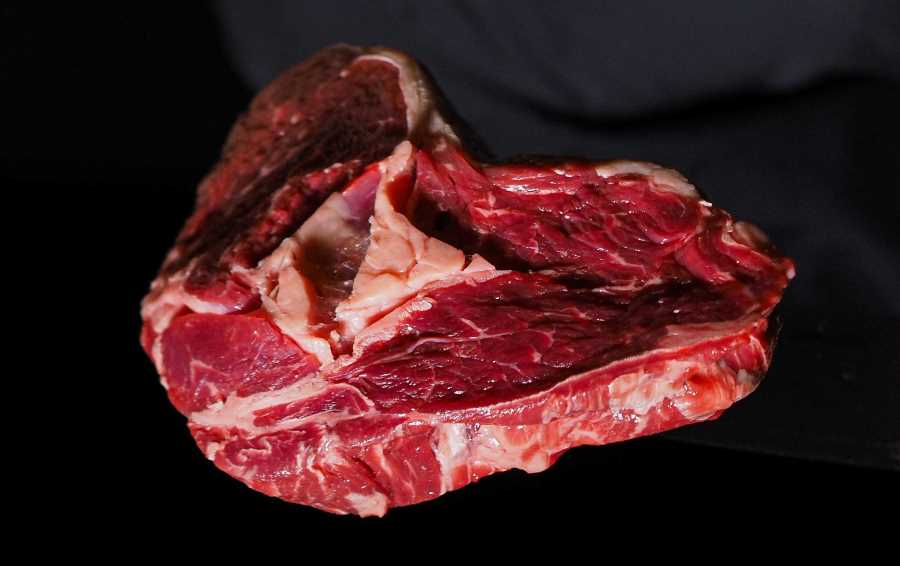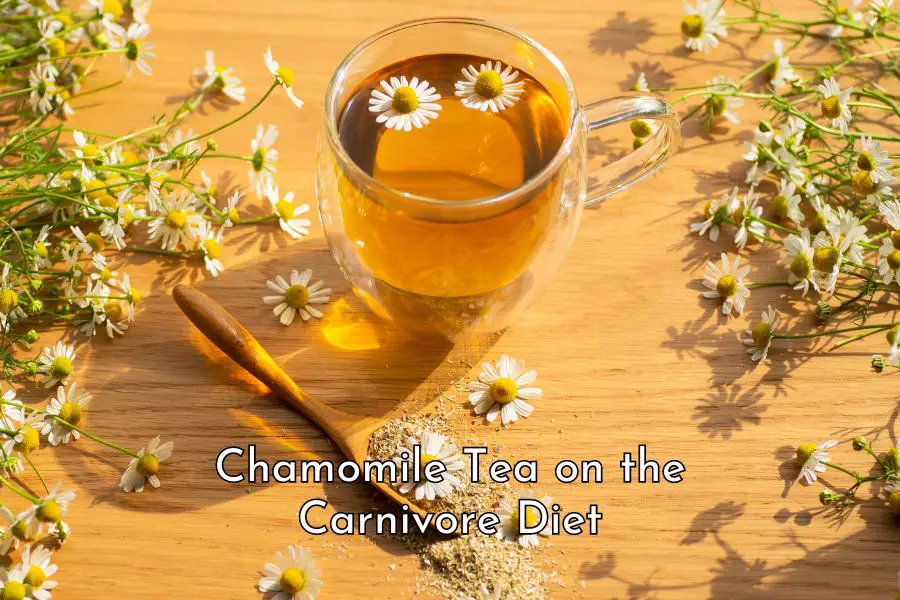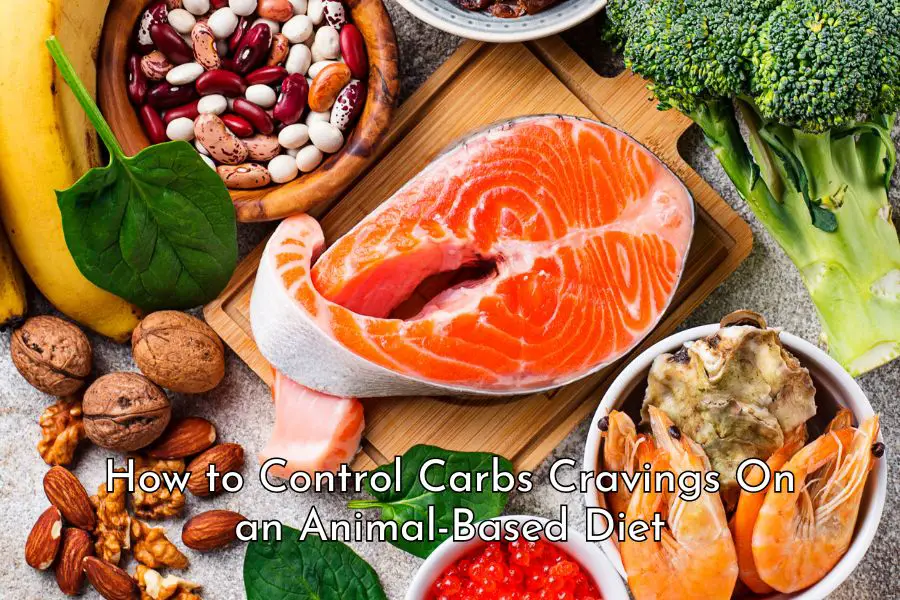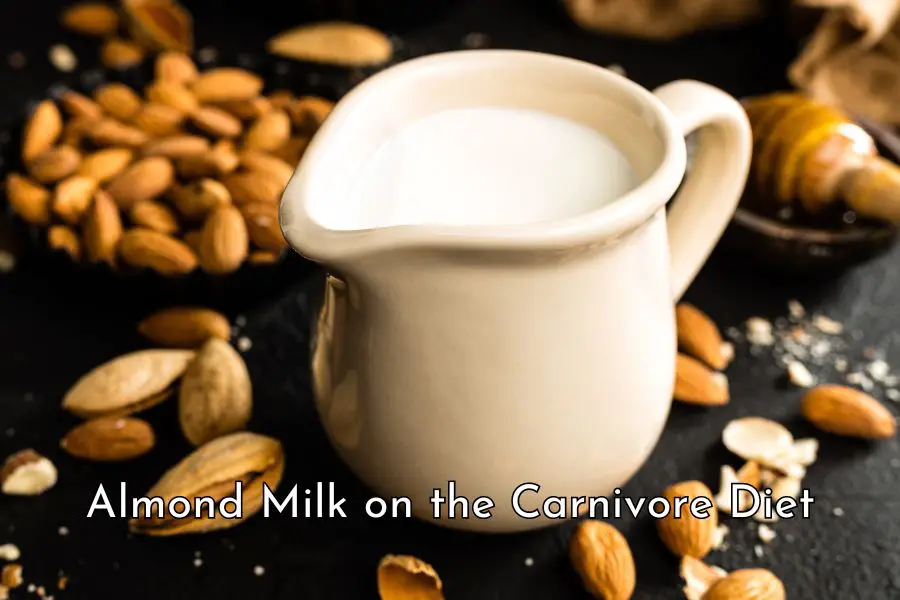Figuring out what the right fat-to-protein ratio is can be difficult for some people because what is the best for others may not be the best for you.
In this post, I will share with you my personal experience with regard to the fat-to-protein ratio and why it might change over time.
My diet pre carnivore
Judging based on dietary guidelines, my diet before the carnivore diet would have been considered an exceptionally “healthy” one, that is, it had a lot of green leafy vegetables (and home-grown too), fruits, whole grains, seeds, nuts, eggs, fish, and lean meat and an extremely small amount of processed food.
But, despite all that, I wasn’t feeling particularly very well.
My carnivore diet experiment
When I happened to listen to Jordan Peterson talking about his meat-only diet on the Joe Rogan podcast and the remarkable health improvements he experienced after just a few months, I was intrigued. I began to research and read as much about this diet as I could and finally decided to try it out.
As a side note, before that I was pretty much convinced that Dr. Mark Hyman’s “Pegan Diet” (combining the best aspects of the Paleo diet with a vegan diet) was the best diet for me and my family. I followed it rigorously to the tee but didn’t feel well on this diet either.
At the beginning of my carnivore experiment, all I ate was just ordinary meat (mostly beef and lamb) that I got from the grocery stores and lots of organ meat from the butcher, and my body just loved it.
And in those early days, organ meat tasted so good. Liver was like candy to me (for a lack of a better term) and I felt like my body was being nourished with every bite. So, I just ate a lot of organ meat, liver, kidney, heart, brain, tendon, and whatever I could find at the butcher till I literally couldn’t eat anymore.
My fat-to-protein ratio in the early days
Because grocery store meat is generally pretty lean and organ meat is also pretty lean too so my fat-to-protein ratio at the time must have been very low.
Based on my estimate, I probably had about 60% of the total calories from fat and the remaining 40% from protein, but my body didn’t seem to have any problem with that. I was feeling great. No more bloating, energy slumps, brain fog, itchy skin, and mood swings.
I guess because I hadn’t been getting enough good quality proteins and nutrients from animal-based food for a very long time, my body just craved meat and organ meat which are both super nutrient-dense and so a low fat-to-protein ratio was not an issue.
My current fat-to-protein ratio
But as time went by, perhaps, my nutrient deficiency, if any, was finally addressed, and I naturally gravitated towards fattier cuts of meat.
I don’t like the lean cuts from grocery stores anymore. They just don’t taste as good as before and so it is necessary for me to supplement them with beef fat that I get from the butchers.
The Hungary-based ICMNI (formerly Paleomedicina), which has been using a high-fat animal-based diet to treat many chronic diseases since 2012, recommends adding 35 grams of animal fat to every 100 grams of average meat cuts.
But I don’t think I add that much extra fat to my diet.
If I get the fattiest cuts of meats (ribeye, budget ground beef, or fatty offcuts), I don’t need to add any more fat.
If I get leaner cuts like strip steak or flank steak or eye of round roast, I would add approximately about 15 to 20 grams to every 100 grams.
I still eat organ meat regularly but not as much as I used to, about two to three times a week and only a small serving each time. It still tastes good when I’m hungry but I no longer have any craving for it.
My current fat-to-protein ratio is likely to be about 70 to 80% of total calories from fat and 20% to 30% from protein.
Conclusion
My main point in writing this post is that your fat-to-protein ratio may change over time due to your nutritional status.
You may be overweight but malnourished at the same time, so you might need a very high protein intake initially to address that.
Once that is resolved, you won’t need as much nutrient-dense meat and organs and may need to increase your fat intake.
In addition, if you have never exercised before and now begin weight-lifting, for example, your protein need may change and your ideal fat-to-protein ratio will change as well.
Therefore, it is super important to listen to your body, eat what makes you feel good, and don’t be afraid to experiment.
You certainly don’t have to eat a lot of fat if it doesn’t taste good to you but if you crave fatty meat, by all means, go for it. One species, one diet rule still applies but we also need to adjust to account for our diverse health backgrounds.
Also, note that if you need to be in deep ketosis for specific health reasons, please consult with your doctor or check out the services of the ICMNI mentioned above (no affiliate) to find out what the best fat-to-protein ratio you should aim for.
One good thing is it is not as hard to find doctors who are carnivores as it used to be these days and you can book consultations with them online from any part of the world.
Other posts you might be interested in:
11 Common Carnivore Diet Mistakes
Is Carnivore the Best Anti-Aging Diet Around?
What Are the Best Ways to Cook Meat on the Carnivore Diet?
How to Lose the Last Few Pounds on the Carnivore Diet?
Do You Have to Eat Organ Meat on the Carnivore Diet?
Disclaimer: The information in this post is for reference purposes only and is not intended to constitute or replace professional medical advice. Please consult a qualified medical professional before making any changes to your diet or lifestyle. Please check out our disclaimer for more detail.
Photo credit: Nadin on Pexels





